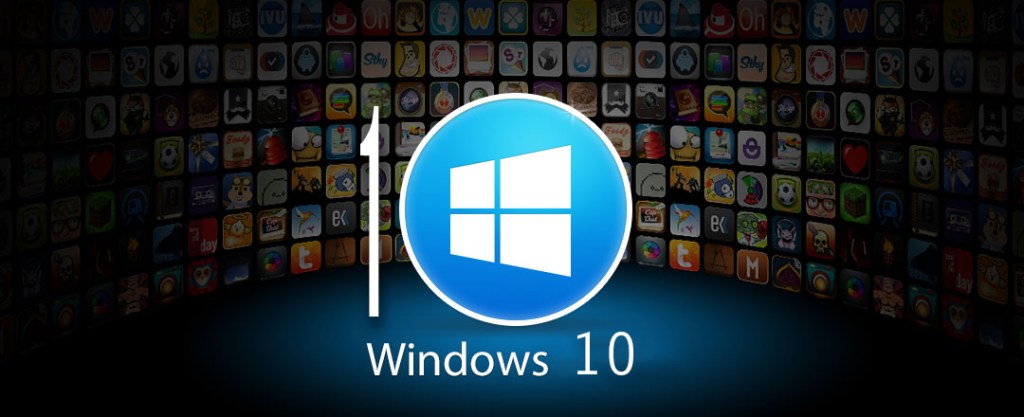Windows 10
Coming in 2015
The world was expecting the new Windows 9, but it seems that arithmetic is not the strategy used to name the Microsoft OS. The company decided to jump straight to 10 and unveiled the new operating system recently in San Francisco. It will become available next year; the early presentation aimed to involve customers in […]


